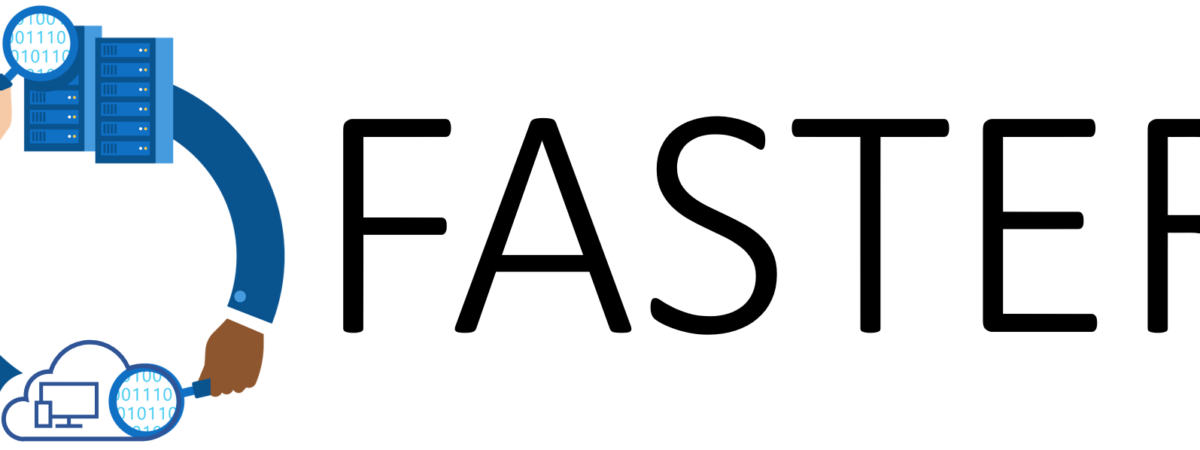Exploring FasterKV: A High-Performance Key-Value Store
In a recent project at work, I’ve been delving into the benefits of FasterKV. I’d heard of it, but never really looked into it at all, so wasn’t even really sure what it was. However, it turns out, it’s pretty cool.
What is FasterKV?
FasterKV is an open-source, high-performance key-value store developed by Microsoft. It stands out because it’s designed to handle heavy read and write workloads efficiently. FasterKV leverages a combination of in-memory and persistent storage, making it incredibly fast for both real-time and large-scale data processing.
Why Use FasterKV?
Now, you might be wondering, there are lots of options for key-value stores, why use FasterKV? Well, I’ve broken down some pros and cons.
Pros:
- Speed: As the name suggests, FasterKV is incredibly fast, especially for read-heavy workloads.
- Scalability: It scales well, handling large datasets with ease.
- Flexibility: Supports both in-memory and on-disk storage, allowing you to balance speed and capacity.
- Easy Integration: It’s easy to integrate with .NET applications.
Cons:
- Limited Language Support: Primarily designed for .NET, which might not be ideal if you’re working with other programming languages.
- Complexity: Setting up and tuning FasterKV for optimal performance can be a bit tricky.
- Community: As a relatively new tool, the community and resources around FasterKV are still growing.
Use Cases for FasterKV
So, where can you put FasterKV to good use? Here are a few scenarios where it shines:
- Real-Time Analytics: FasterKV’s speed makes it perfect for applications requiring real-time data processing and analytics.
- Caching: Use it as an in-memory cache to speed up data retrieval in web applications.
- Session Management: Store session data for web applications, benefiting from its fast read and write operations.
Getting Started with FasterKV: Code Examples
Enough talk, let’s get our hands dirty with some code. Below are a few examples to get you started with FasterKV.
Setting Up FasterKV
First, you need to add the FasterKV NuGet package to your project:
dotnet add package FASTER.core
Basic Usage
Here’s a simple example to demonstrate how to set up and use FasterKV:
using FASTER.core;
using System;
class Program
{
static void Main()
{
// Define the FasterKV store with key and value types
var log = Devices.CreateLogDevice("hlog.log");
var fasterKV = new FasterKV<long, long>(1L << 20, new LogSettings { LogDevice = log });
// Create a session
var session = fasterKV.NewSession(new SimpleFunctions<long, long>());
// Upsert (Insert/Update) a key-value pair
session.Upsert(1, 1);
Console.WriteLine("Inserted key 1 with value 1");
// Read a value by key
long output = 0;
var status = session.Read(1, ref output);
if (status == Status.OK)
Console.WriteLine($"Read key 1, value = {output}");
// Dispose the session and store
session.Dispose();
fasterKV.Dispose();
log.Close();
}
}
Advanced Usage: Asynchronous Operations
For more advanced scenarios, FasterKV supports asynchronous operations:
using FASTER.core;
using System;
using System.Threading.Tasks;
class Program
{
static async Task Main()
{
var log = Devices.CreateLogDevice("hlog.log");
var fasterKV = new FasterKV<long, long>(1L << 20, new LogSettings { LogDevice = log });
var session = fasterKV.NewSession(new SimpleFunctions<long, long>());
// Upsert asynchronously
await session.UpsertAsync(1, 1);
Console.WriteLine("Asynchronously inserted key 1 with value 1");
// Read asynchronously
long output = 0;
var (status, _) = await session.ReadAsync(1, ref output);
if (status == Status.OK)
Console.WriteLine($"Asynchronously read key 1, value = {output}");
session.Dispose();
fasterKV.Dispose();
log.Close();
}
}
Wrapping Up
FasterKV looks to be a pretty powerful tool for scenarios where high performance and scalability are crucial. While it does come with some complexities and is mainly tailored for the .NET ecosystem, its benefits can outweigh these drawbacks for the right use case.

